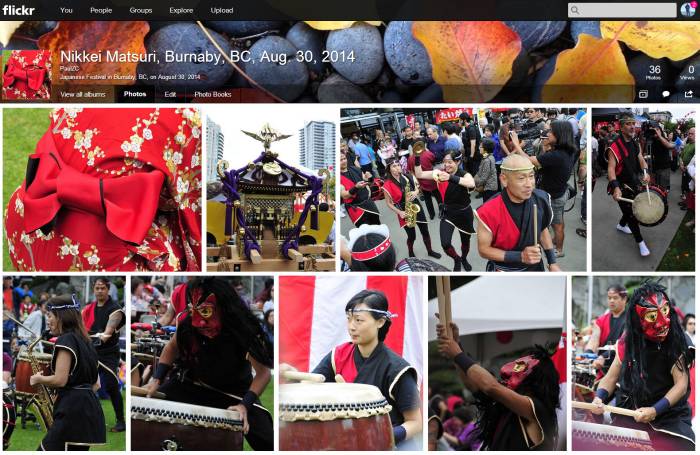Tonight I started the process of copying my photos to my new Windows 8.1 computer. I have set up the Photos folder to automagically redirect to the D drive (second 2TB hard drive that I specified to be installed in the new system).
Instructions on how to redirect a folder here.
The new computer is now copying 154,596 files, for a total of 1.22TB from a NAS (network attached storage) backup system. Windows 8.1 estimates that this will take about 12 hours. Initially it thought 17 hours. OK, now 8.5 hours. Whatever. That’s why it’s great to have more than one computer when you rely on them for business and pleasure. I am writing this on my Mac Mini that I mostly use to fool around on.
I like having my photos on an internal HD. Faster access than on a NAS or external USB drive. I use NAS and USB for backup.



